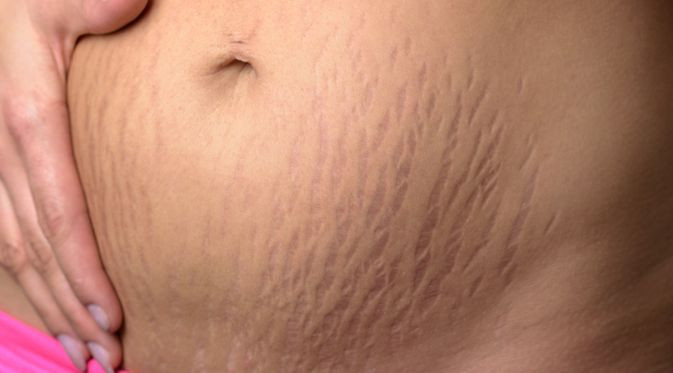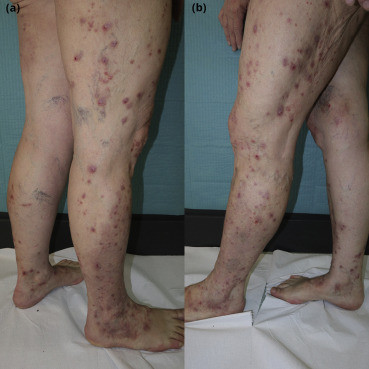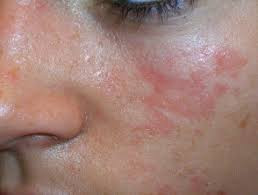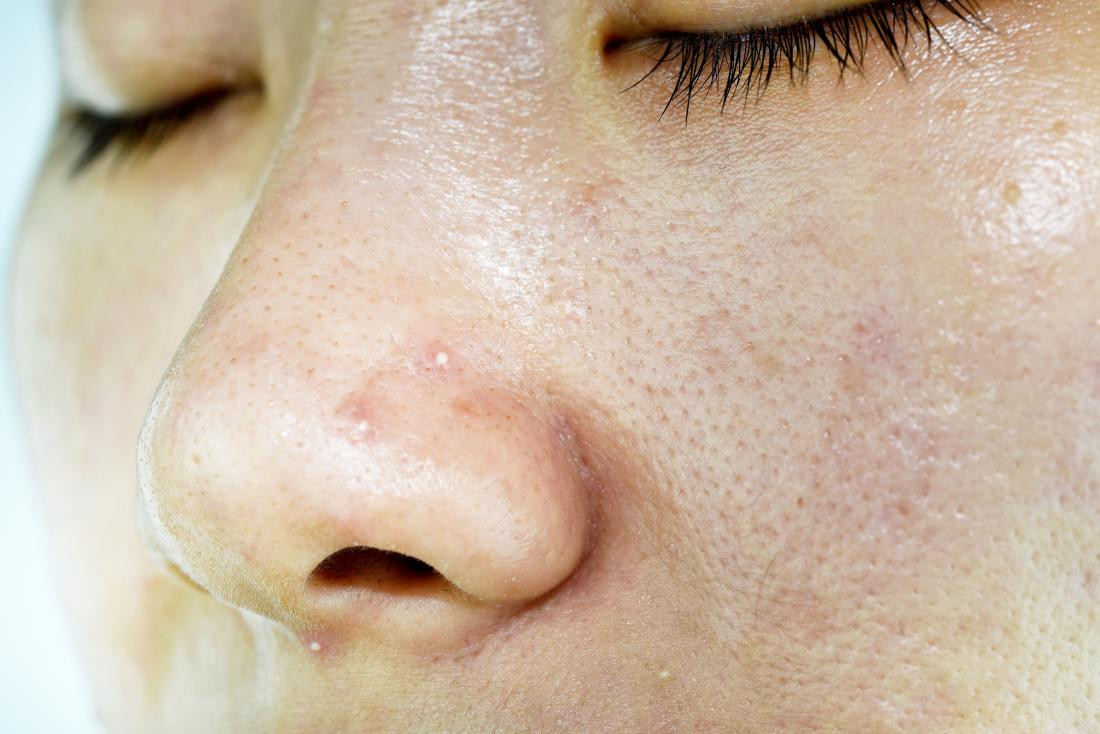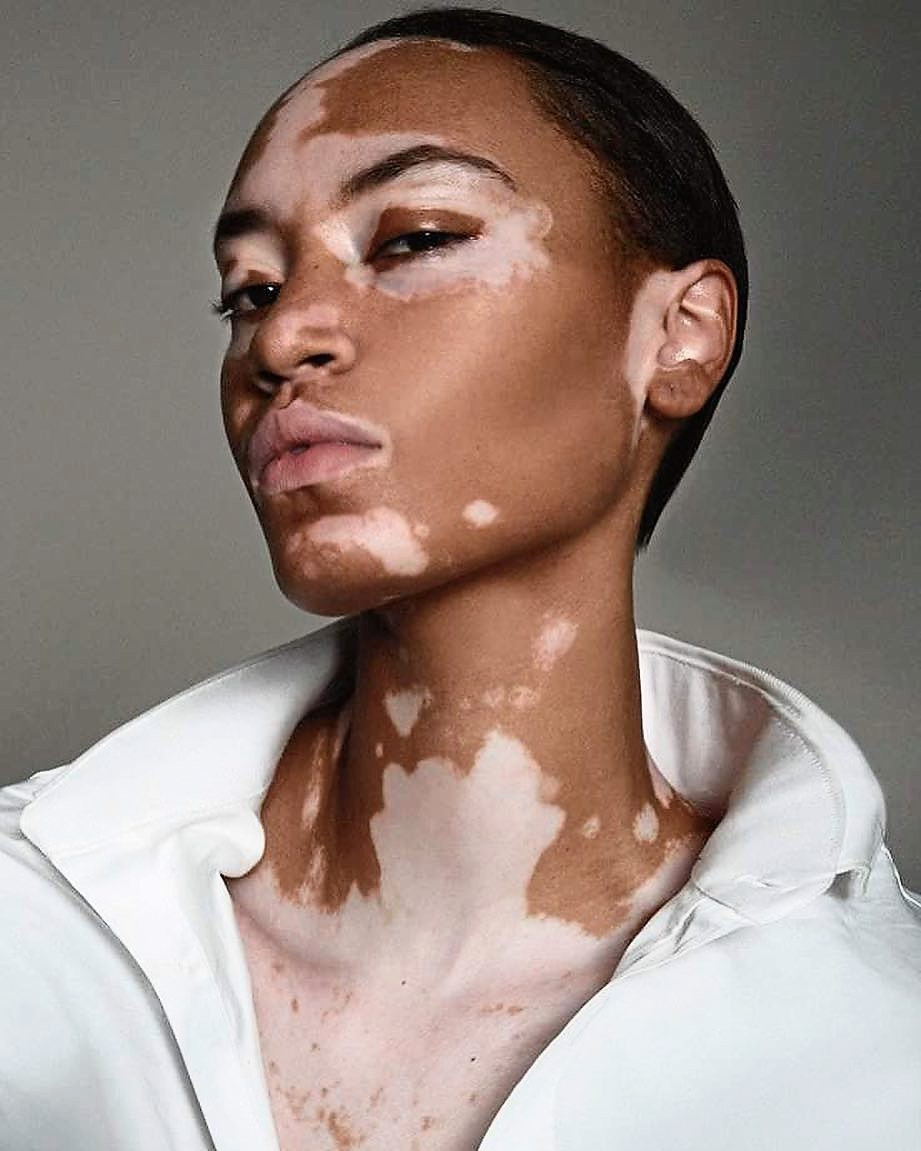Definisi
Stretch marks atau striae distensiae atau striae atrophicus merupakan kondisi kulit yang ditandai dengan timbulnya garis-garis indentasi yang tidak beraturan pada kulit. Stretch marks dapat muncul pada kulit bagian perut, pinggul, bokong, payudara, paha, atau di bagian tubuh lain. Hal ini umum ditemukan pada orang yang mengalami kelebihan berat badan dan wanita hamil, terutama pada trimester terakhir. Kondisi ini tidak menyebabkan nyeri, serta tidak berbahaya, namun biasanya menyebabkan ketidaknyamanan akibat tampilannya yang membuat permukaan kulit tidak rata.
Penyebab
Penyebab stretch marks adalah peregangan kulit yang terjadi secara cepat. Dikatakan bahwa peregangan jaringan penyambung kulit menyebabkan kerusakan yang mengakibatkan penipisan jaringan kulit serta lapisan kulit di atasnya. Tingkat keparahannya dipengaruhi oleh beberapa faktor, seperti faktor genetik dan derajat stres pada kulit. Selain itu, kadar hormon kortisol tubuh juga dapat berpengaruh. Kortisol merupakan hormon yang diproduksi oleh kelenjar adrenal dan memiliki efek melemahkan serat elastis kulit.
Faktor Risiko
Semua orang dapat mengalami stretch marks, namun terdapat beberapa faktor yang meningkatkan risiko seseorang untuk mendapatkannya, yaitu:
- Jenis kelamin wanita
- Memiliki riwayat personal atau riwayat keluarga dengan stretch marks
- Sedang hamil, terutama pada perempuan muda
- Pertumbuhan yang cepat saat masa pubertas
- Penambahan atau penurunan berat badan yang cepat
- Penggunaan krim kortison berlebihan. Krim dengan kandungan ini dapat menyebabkan penipisan kulit sehinga timbul stretch marks
- Riwayat operasi pembesaran payudara
- Olahraga dan menggunakan obat steroid anabolik
- Memiliki penyakit genetik seperti:
- Sindrom Cushing’s: penyakit dimana tubuh memiliki kadar hormon kortisol yang tinggi
- Sindrom Ehlers-Danlos: penyakit yang ditandai dengan kulit yang mudah meregang dan mudah memar
- Sindrom Marfan
Gejala
Tidak semua stretch marks memiliki penampakan yang mirip. Penampakannya dapat bervariasi bergantung dari lamanya stretch marks ada, penyebabnya, lokasinya di tubuh, serta tipe kulit masing-masing orang. Variasi yang umum meliputi:
- Garis-garis indentasi paralel pada perut, dada, pinggang, pinggul, bokong, atau bagian tubuh lainnya
- Garis-garis berwarna merah muda, kemerahan, kehitaman, kebiruan, atau keunguan
- Garis-garis terang atau mengkilap yang dapat memudar menjadi hanya warna terang pada kulit
- Garis-garis yang menutupi sebagian besar tubuh
Diagnosa
Stretch marks biasanya tidak membutuhkan diagnosa khusus. Biasanya dokter akan memeriksa kulit dan menanyakan riwayat kesehatan Anda. Jika dokter mencurigai adanya peningkatan hormon kortisol, maka Anda akan disarankan untuk menjalani pemeriksaan tertentu.
Tata Laksana
Stretch marks tidak membutuhkan terapi khusus. Kondisi ini biasanya akan memudar sendiri seiring berjalannya waktu, dengan atau tanpa terapi. Namun, mungkin tidak dapat hilang secara sempurna meskipun dengan terapi.
Terapi untuk stretch marks memang sulit karena banyak pilihan terapi yang hanya memberikan perbaikan yang minimal. Beberapa pilihan terapi untuk memperbaiki penampilan dan tekstur dari stretch marks sudah banyak dipakai, namun tidak ada bukti yang menyatakan bahwa satu terapi tertentu lebih baik daripada terapi lainnya.
Pilihan terapi stretch marks yang sudah terbukti efektif adalah:
- Krim retinoid. Retinoid merupakan turunan dari vitamin A, contohnya adalah tretinoin. Krim ini dapat diaplikasikan ke kulit untuk memperbaiki stretch marks yang baru muncul selama beberapa bulan saja. Tretinoin bekerja dengan membantu membawa protein di kulit yang disebut kolagen, sehingga stretch marks akan lebih terlihat serupa dengan kulit normal. Namun, tretinoin dapat mengiritasi kulit. Jika Anda sedang hamil atau menyusui, konsultasikan dengan dokter untuk pilihan terapi yang lain karena krim retinoid memiliki efek samping yang dapat memengaruhi bayi atau janin.
- Kombinasi vitamin C, alpha hyrdoxy acids, dan kelompok asam natural yang meliputi asam glikolat, laktat, dan sitrat. Kandungan ini dikatakan dapat meningkatkan produksi kolagen
- Terapi sinar dan laser. Banyak variasi terapi sinar dan laser yang tersedia untuk stretch marks. Terapi ini bekerja dengan menstimulasi pertumbuhan kolagen atau dengan menambah elastisitas kulit. Dokter akan menentukan teknik yang terbaik untuk Anda
- Microneedling. Terapi ini dilakukan menggunakan alat yang dipegang yang dilengkapi dengan jarum-jarum kecil. Alat ini digunakan untuk menstimulasi pertumbuhan kolagen. Teknik ini memiliki risiko pigmentasi kulit (perubahan warna kulit) yang lebih rendah jika dibandingkan dengan terapi laser.
Untuk memilih kombinasi terapi yang paling tepat untuk Anda, sebaiknya Anda berdiskusi dengan dokter terlebih dahulu. Faktor yang akan dipertimbangkan dalam pemilihan terapi adalah:
- Berapa lama stretch marks sudah timbul
- Tipe kulit
- Beberapa terapi membutuhkan beberapa kali kunjungan untuk mendapatkan hasil yang optimal
- Terapi yang bertujuan untuk memperbaiki penampilan atau kosmetik biasanya tidak ditanggung oleh asuransi pemerintah maupun swasta
- Ekspektasi atau harapan Anda
Kurangnya studi mengenai topik ini membuat banyak teori muncul mengenai terapi stretch marks, baik yang tepat maupun yang kurang tepat. Banyak produk krim atau salep yang mengklaim dapat mencegah atau menangani stretch marks. Pelembap yang mengandung cocoa butter dan shea butter sering direkomendasikan meskipun keduanya tidak memiliki bukti ilmiah yang cukup. Kandungan lain dengan studi yang sedikit yang diklaim efektif meliputi vitamin E, ekstrak gotu kola (tanaman dari Asia dan Afrika Selatan), asam hialuronat, elastin, minyak telur, dan asam glikolat. Kandungan tersebut tidak berbahaya namun tidak cukup efektif untuk menghilangkan stretch marks.
Komplikasi
Seiring berjalannya waktu garis-garis stretch marks akan menjadi lebih memudar, namun jarang sekali menghilang. Stretch marks tidak menyebabkan masalah kesehatan.
Pencegahan
Terdapat anggapan bahwa stretch marks dapat dicegah atau diterapi dengan scrub, minyak-minyakan, atau dengan lotion tertentu. Namun, hal ini belum didukung dengan bukti penelitian yang pasti. Banyak produk yang juga mengklaim dapat mencegah timbulnya stretch marks yang sebenarnya produk-produk tersebut memiliki kesamaan yaitu berfungsi untuk menjaga kelembaban kulit. Namun, pada akhirnya faktor genetiklah yang memegang peranan penting.
Pencegahan stretch marks adalah dengan
- Melembapkan kulit
- Menggunakan obat kulit dengan tepat
- Menghindari penambahan berat badan berlebihan, meskipun pertumbuhan yang cepat saat pubertas dan kehamilan tidak dapat dihindari
Wanita hamil disarankan menggunakan pelembap untuk mencegah pembentukan stretch marks. Meskipun cara ini belum terbukti efektif, namun kelembapan kulit yang ekstra dan gerakan memijat kulit dapat memfasilitasi peregangan kulit dan melebarkan permukaan kulit perut sehingga mengurangi pembentukan stretch marks. Jika Anda sedang hamil, pastikan Anda berkonsultasi dengan dokter sebelum menggunakan produk alternatif yang mengklaim dapat menangani atau mencegah timbulnya stretch marks.
Kapan Harus ke Dokter ?
Jika Anda khawatir atau tidak nyaman akan penampilan Anda atau jika stretch marks terdapat pada sebagian besar tubuh, maka sebaiknya Anda berkonsultasi dengan dokter. Selain itu, jika stretch marks timbul tanpa adanya penyebab yang jelas seperti kehamilan atau penambahan berat badan secara cepat, maka Anda juga sebaiknya berkonsultasi dengan dokter. Dokter akan membantu untuk mengidentifikasi penyebab stretch marks dan memberikan pilihan terapi untuk Anda.
Mau tahu informasi seputar penyakit lainnya? Cek di sini, ya!
- dr Nadia Opmalina
Stretch marks - Diagnosis and treatment - Mayo Clinic. Mayoclinic.org. (2022). Retrieved 21 May 2022, from https://www.mayoclinic.org/diseases-conditions/stretch-marks/diagnosis-treatment/drc-20351144.
Encyclopedia, M., & marks, S. (2022). Stretch marks: MedlinePlus Medical Encyclopedia. Medlineplus.gov. Retrieved 21 May 2022, from https://medlineplus.gov/ency/article/003287.htm.
Oakley, A., & Patel, B. (2022). Stretch Marks. Ncbi.nlm.nih.gov. Retrieved 21 May 2022, from https://www.ncbi.nlm.nih.gov/books/NBK436005/.


